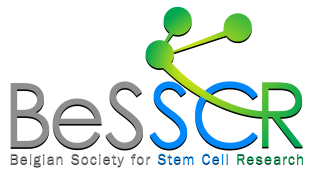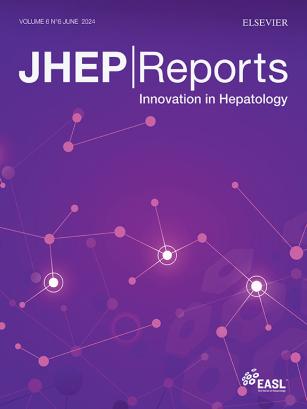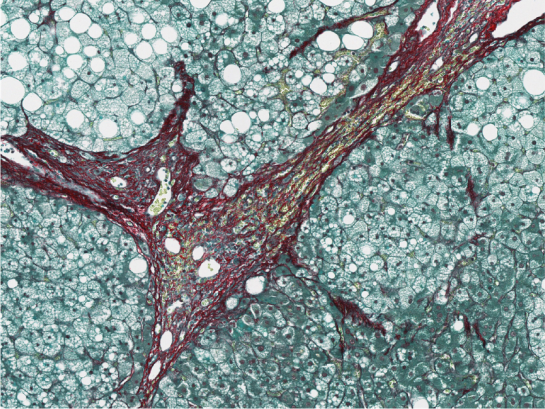Objectives
In general, research projects at LIVR aim to better characterize the different liver cell types in healthy and pathological conditions, and to gain a better insight in the mechanisms of liver regeneration and the pathogenesis of liver fibrosis.
The LIVR team investigates:
- the mechanisms of liver fibrosis development and resolution
- the identification of hepatic stellate cell-specific biomarkers for liver fibrosis staging
- the generation of in vitro liver disease models
- iPSC derived liver cells for in vitro disease modeling
- the role for liver progenitor cells during liver regeneration
Long term objectives are:
- Contribute to the understanding of mechanisms involved in liver fibrosis
- Discover therapeutic targets for chronic liver diseases including metabolic dysfunction-associated steatotic liver disease (MASLD).
- Develop in vitro models representative for human chronic liver disease
Image-D: a Marie Skłodowska-Curie doctoral training network

LIVR is partner in ImAgE-D, a network that will train a new generation of Doctoral Candidates in the development and application of newly developed high speed and high-resolution imaging tools in biomedical research. The ten DCs will be cross-pollinated with concepts and skills in physics and biomedicine, in particular in super-resolution imaging, analytical image reconstruction, and optical micro-manipulation methods. These skills will be applied to reveal for the first time the functionality and morphology (below the diffraction limit of light) of living endothelial cells that present the main barrier between the blood/lymph and all organs and tissues, and how these vital cells change with ageing.
(Term: Oct 2023-Sept 2027)
DeLIVERy research network

LIVR is partner in DeLIVERy, a project funded by the European Union’s European Innovation Council (EIC) Pathfinder Open programme that aims to build a radically new technology for personalized health care, which provides, for the first time, the possibility to investigate polypharmacy on individual patients.
(Term: May 2022-April 2026)
News
Belgian Stem Cell Meeting
 9th Annual Meeting of the Belgian Society for Stem Cell ResearchStem cells to study and treat human disease Date: November 28th 2025Location: Museé de la Médicine on the Campus Erasme of the ULB, BrusselsMore info soon
9th Annual Meeting of the Belgian Society for Stem Cell ResearchStem cells to study and treat human disease Date: November 28th 2025Location: Museé de la Médicine on the Campus Erasme of the ULB, BrusselsMore info soonPublication in JHEP Reports
 "Hepatic stellate cell single cell atlas reveals a highly similar activation process across liver disease aetiologies"
"Hepatic stellate cell single cell atlas reveals a highly similar activation process across liver disease aetiologies"Publication in Biofabrication
 "Human iPSC-derived liver co-culture spheroids to model liver fibrosis"
"Human iPSC-derived liver co-culture spheroids to model liver fibrosis"Publication in JHEP Reports
 "Orphan receptor GPR176 in hepatic stellate cells exerts a profibrotic role in chronic liver disease"
"Orphan receptor GPR176 in hepatic stellate cells exerts a profibrotic role in chronic liver disease"Co-publication in Science
Hippo signaling instructs ectopic but not normal organ growth. W Kowalczyk, L Romanelli, M Atkins, H Hillen, C Bravo González-Blas, J Jacobs, J Xie, S Soheily, E Verboven I M Moya, S Verhulst, M de Waegeneer, L Sansores-Garcia, L van Huffel, R L Johnson, L A van Grunsven, S Aerts, G Halder.


